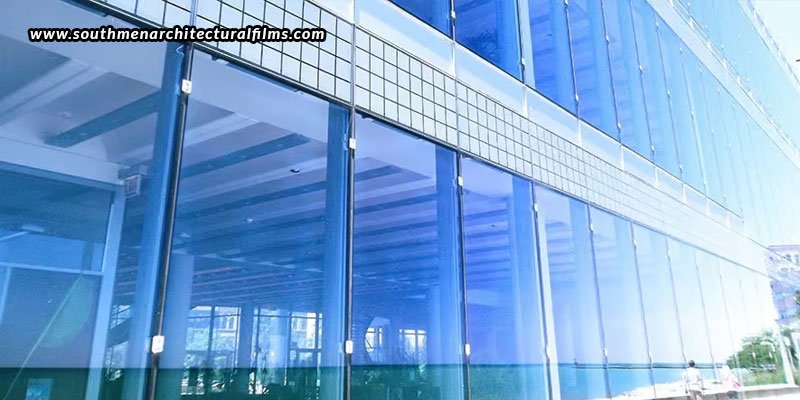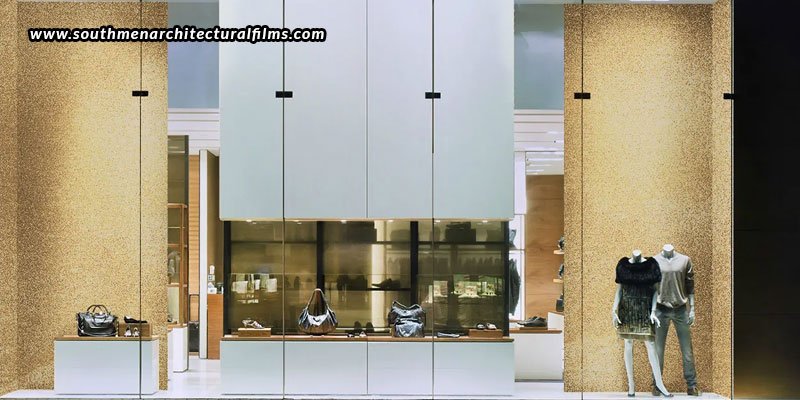Architectural films are a popular option for interior design and building remodelling projects as they provide an amazing balance of beauty and practicality. To get optimal outcomes and guarantee the longevity of these films, whether you are a professional installer or a do-it-yourself enthusiast, you must grasp the best procedures for installation, as well as maintenance tips on how to keep the films going good. This all-inclusive guide will show you how to install architectural films properly, along with some maintenance advice to keep them looking their best.
Installation
Preparing the surface
You need to prepare the surface before installing an architectural film, to ensure that it holds on well and performs for a longer time span. Preparing the surface can have a huge influence on the final appearance and longevity of the film.
Cleaning the surface
It is important to clean the surface thoroughly. To get rid of all the dust, grime, and grease, mix a little detergent with some water. Rinse the surface with clean water after washing, then give it time to completely air out fully. Any residual moisture may result in adhesion problems or bubbles.
Examining the surface
Examine the smoothness of the surface by looking for any blemishes or defects. To make a surface that is level and smooth, sand down any rough spots. In addition, before applying the film, fix any holes, cracks, or other damage. Better adherence and a perfect finish are guaranteed by a smooth, undamaged surface.
Assessing and trimming the film
A professional-looking installation depends on precise measuring and cutting.
Assessing
To guarantee accuracy, take two measurements of the surface area. This double-checking guarantees that the film fits precisely and reduces waste. In addition, give your measurements a tiny buffer of two to three millimetres. To get a precise edge, this excess margin can be cut off after installation.
Cutting
To cut the film, use a specialized cutting tool or a sharp utility knife. A neat cut guarantees smooth edges and avoids fraying. To guarantee accuracy and guide your cuts, make use of a ruler or straight edge. This will aid in producing regular, straight lines, which will enhance the appearance of a polished finish.
Application
Applying architectural film calls for dexterity and focus to details.
Wet application
Mix a little amount of water with a few drops of dish soap or a specific film application fluid to create a solution. Apply a thin layer of this solution on the surface. This makes it simpler to realign the film and helps in bubble removal. Slide the film into the ideal position as you carefully place it on the moist surface.
Using a squeegee
Begin at the middle and proceed outward. This method assists in expelling air bubbles and surplus application fluid. To guarantee proper adherence and release any trapped moisture or air, use a squeegee and apply hard, uniform pressure. After the film is positioned and attached, cut the excess film along the edges for a clean finish.
Heat application
Certain architectural films might need to be heated properly, especially the ones with more intricate curves or textures.
Hair dryer or heat gun
To gently heat the film, use a hair dryer or heat gun on low heat. The film is more malleable and easier to adapt to the surface thanks to this regulated heat. But use caution—overheating the film might result in damage or discoloration. Applying heat in the right way guarantees that the film attaches smoothly and takes on the correct shape.
Maintenance
Regular cleaning
Regular washing aids in preserving the film’s longevity and look.
Cleaning agents
For cleaning, use a light detergent or soap diluted with water. Steer clear of strong chemicals since they have the potential to harm the film. Additionally, since abrasive items might scratch or destroy the film, use gentle, non-abrasive towels or sponges.
Cleaning method
Avoid over scrubbing the surface while applying the cleaning solution; instead, wipe it gently. To avoid water stains, rinse the film with fresh water after washing and pat dry with a soft towel. This methodical technique guarantees that the picture maintains its visual appeal and decent condition.
Handling stains and spills
Timely removal of spills and stains helps to avoid irreversible damage.
Immediate action
Spills should be quickly blotted with a soft cloth to absorb any liquid. Do not rub as this may cause the discoloration to spread.
Cleaning
To remove the stain, use a gentle cleaning solution. To avoid any leftover residue or water marks, rinse well and completely dry after washing. The film is kept in perfect condition if stains are handled promptly and correctly.
Defence against environmental elements
In order to extend the life of architectural films, you must protect them from external elements.
Sunlight and UV radiation
To stop fading and damage from sunshine, if the film is not naturally UV-resistant, think about adding an extra UV protection layer. Additionally, to lessen exposure to direct sunlight, use shades, blinds, or curtains. These steps aid in preserving the quality and colour of the movie.
Humidity and temperature
In order to stop the film from expanding or contracting, which might cause peeling or bubbling, keep the temperature and humidity levels steady. Regular climatic conditions guarantee that the film sticks well and holds up well over time.
Repair and replacement
The integrity of the film depends on routine inspection and quick restoration of any damage.
Inspection
Check the film often for any indications of deterioration, peeling, or bubbling. Deal with any problems right away to stop things from getting worse. Regular inspections ensure that issues are caught early and the film is kept intact and working.
Replacement
To guarantee a flawless finish, think about having the film professionally replaced if it has considerable damage or has reached the end of its useful life. Having professional assistance ensures that the replacement film is placed correctly and preserves the functional and cosmetic advantages of the first installation.
Architectural films offer a flexible and affordable way to improve interior areas while combining style and functionality. Adhering to the installation guidelines guarantees a polished appearance that amplifies the aesthetic appeal and practicality of your space. Architectural films last longer when they receive regular care, which keeps them strong and looking great for many years to come. These films provide countless design options, regardless of whether you’re remodelling a business structure or a household space. Accept their ability to modify rooms and use it to create areas that express your own vision and style. Southmen is an architectural film specialist in Bangalore that provides installation knowledge that ensures elegance and quality. Examine the wide selection of options they offer to improve the interior design of your home, making sure every area exudes style and creativity. Choose Southmen for the best architectural film in Bangalore, to realize the possibility of reinventing your environment with timeless elegance and usefulness.




